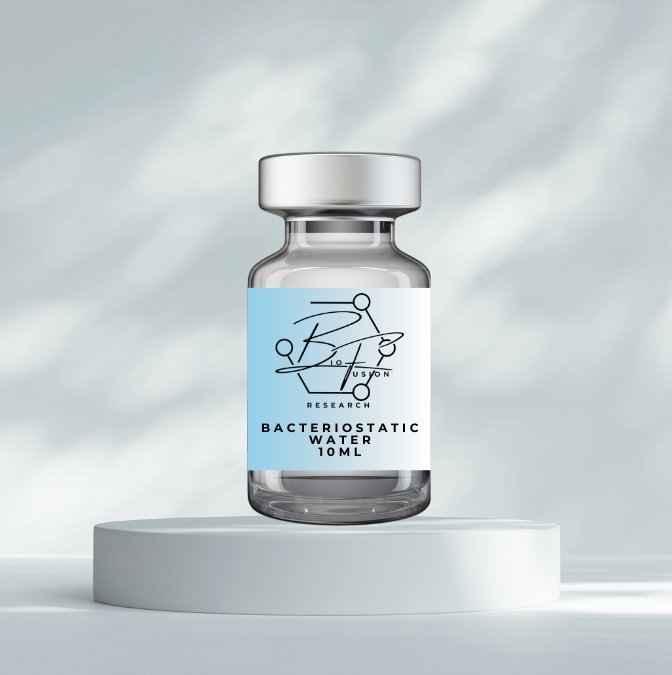Bacteriostatic Water for Injection: Essential Guide for Safe and Effective Use
Introduction
Bacteriostatic Water for Injection, USP, is a cornerstone in pharmaceutical practices, specifically designed to safely prepare and administer injectable medications. This guide provides a comprehensive overview of its role, benefits, and essential considerations for clinical use.
What is Bacteriostatic Water for Injection?
Bacteriostatic Water for Injection is a sterile, nonpyrogenic water preparation containing 0.9% (9 mg/mL) benzyl alcohol as a preservative. Packaged in a multiple-dose container, it ensures sterility across multiple uses, making it indispensable for diluting or dissolving medications before injection.
Clinical Pharmacology and Uses
Water and the Human Body: Comprising a significant portion of total body weight, water is fundamental to bodily tissues and fluid balance. Bacteriostatic Water for Injection plays a pivotal role in maintaining this balance by safely diluting medications for intravenous, intramuscular, or subcutaneous administration.
Indications and Usage
This solution serves as a solvent or diluent for medications requiring reconstitution before injection. Healthcare providers must strictly adhere to manufacturers' instructions to ensure safety and efficacy during preparation and administration.
Safety Considerations
Neonatal Contraindications: Bacteriostatic Water for Injection is contraindicated in neonates due to the potential toxicity of benzyl alcohol. For this population, preservative-free alternatives should always be used to avoid adverse effects.
Precautions and Warnings
Ensuring the sterility and clarity of the reconstituted solution is critical to avoid adverse reactions such as local tissue irritation or infection. Proper dilution guidelines and aseptic techniques are essential in minimizing risks.
Adverse Reactions and Overdosage
Common Reactions: Local tenderness or infection at the injection site may occur. While overdosage is rare, monitoring for fluid overload and taking corrective measures when necessary is important for patient safety.
Dosage and Administration
Dosage varies depending on the drug being prepared and its recommended concentration for injection. Always visually inspect the final solution for clarity and particulate matter to ensure it is safe for administration.
Conclusion
Bacteriostatic Water for Injection is a vital tool in the safe and effective administration of injectable medications. Adhering to strict guidelines and professional recommendations ensures its optimal use in clinical settings. For more detailed guidance, consult with a qualified healthcare provider or pharmacist.


